Tips for Choosing Kitchen Lighting
Lighting a room is about so much more than the design of the fixtures. It’s about how you want to present the space, how you’ll use the room, and the look and feel you want the space to have. Like a bathroom, a kitchen is used for much more than just lounging or watching TV. In that spirit, let’s go through some great tips for choosing kitchen lighting.
Layer Your Lighting
You’ll almost never find a room or room concept where a single light fixture is going to allow you to do all the things you need to do in a kitchen, so it’s best to tackle lighting in layers: task lighting, accent lighting, and decorative/mood lighting.
Task lighting does the heavy lifting. This lighting is placed in areas and with the correct angles and brightness to make performing any tasks in the space easier. Think of the lights above and around your stove, sink, and other kitchen workspaces for this.
Accent lighting adds depth and dimension. This includes recessed lighting, track lights, and under-cabinet lighting. These lights can be a bit of function and a bit of style.
And finally, decorative lighting can pull the look of a room together. Decorative elements can include ornate wall sconces, chandelier fixtures, and other more style-based lighting options.
Think About Size and Shape
The size of your lighting fixtures can also lend a different ambiance to your kitchen space. If you are looking for wide-open areas with a clean, simple style and color palette, you can create a chic and modern look with large, angular pieces or rope- or geometric-style fixtures.
For a vintage look, adding lots of small lighting details or ornate LED candlelight accents can create a softer and more intimate room.
The shape of the light fixtures is also important when thinking about the look and function of your kitchen. Rectangular and box-shaped lights can add dimension and variety to a space as well.
Light Bulb Color Temperature
Another way to easily change the style and feel of the kitchen is to check out various choices for color temperature in the light bulbs you put in your lighting fixtures. Bulbs with a temperature of 2700 to 3000 Kelvin will match other incandescent lighting in your home.
The color of the bulbs also makes a difference. You’d be surprised how drastic a change you’ll see if you change your bulbs from a warm white to a daylight bulb. And you can alter the color temperature bulb by bulb to fit your needs for the space.
Consider Lighting and Shade Materials
The kitchen is a versatile space. You can cook, entertain, and dine there. And a great way to spice up a space is to play with texture and materials in terms of shades.
Clear glass shades are a great way to add tons of light to an area. Opal and other colored glass can still offer plenty of light, in a diffused and softer way. Fabric shades can also offer diffused lighting over dining areas. But soft or porous shades are not great for food prep or cooking areas. And metal shades are perfect for focusing light on specific areas.
Pick Your Perfect Kitchen Mood and Lighting with Anve
Anve Kitchen and Bath wants to bring you the finest products for all your home renovation needs, from concept to completion. Get your free design consultation with our professional designers and start working on your dream kitchen today.
Have questions? Anve wants to help. Contact us today.
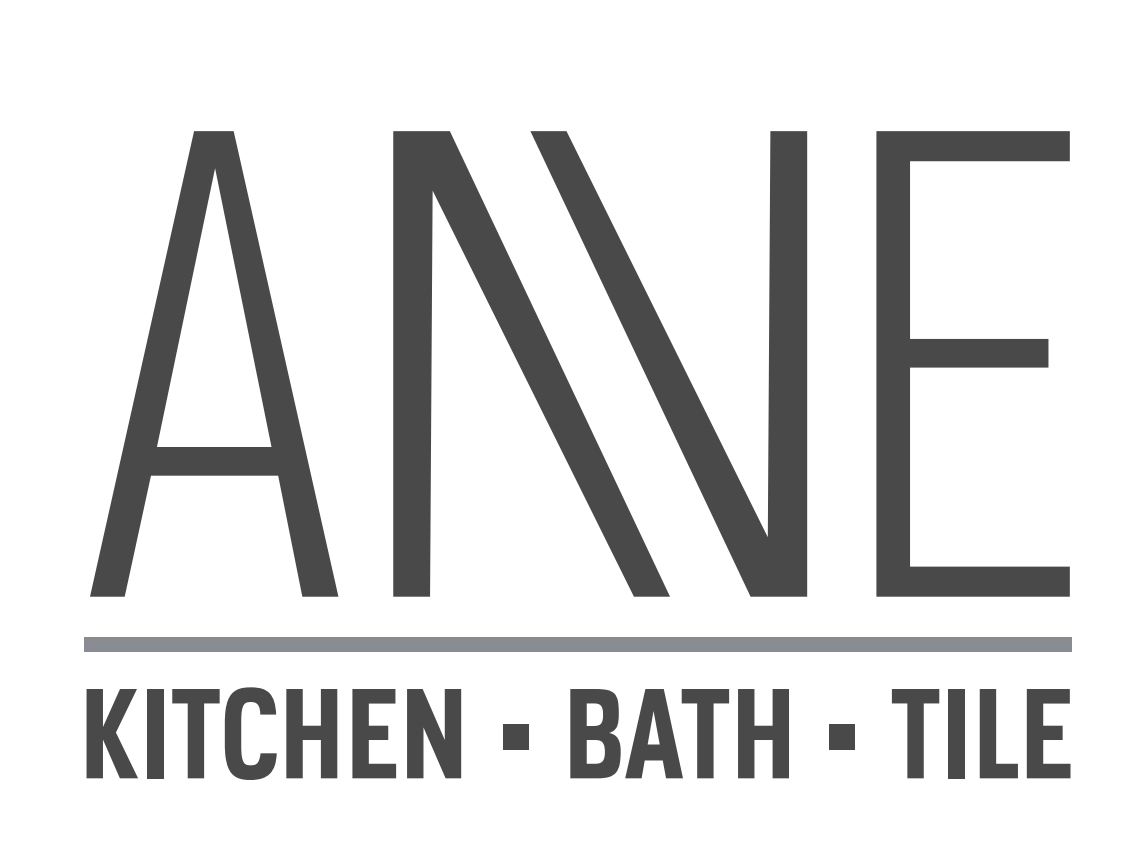

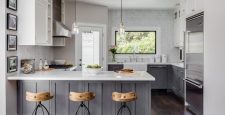
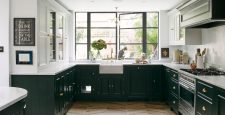
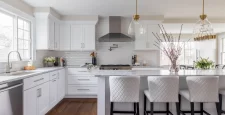
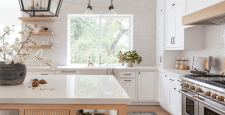
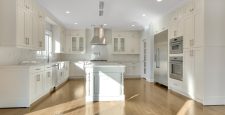
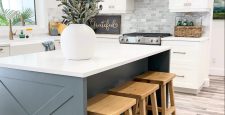
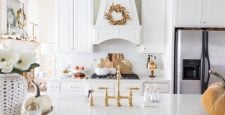

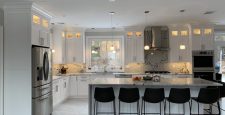
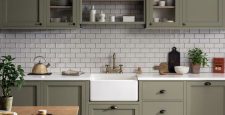
Leave a Reply
You must be logged in to post a comment.